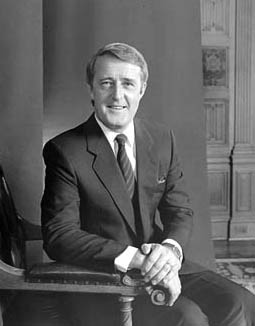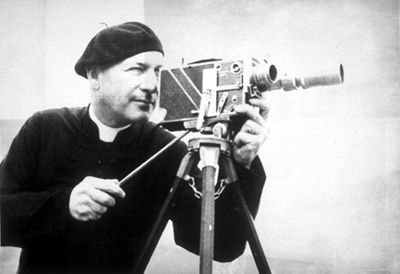Article
The Book of Negroes
The document called the “Book of Negroes” is a British naval ledger that lists the names of Black Loyalists who fled to Canada during the American Revolutionary War (1775–83). It is also the title of Lawrence Hill’s third novel, which was published in 2007. (It was released in the United States, Australia and New Zealand under the title Someone Knows My Name.) A work of historical fiction, The Book of Negroes tells the story of Aminata Diallo, who is captured by slave traders in Africa and brought to America. Aminata’s story illustrates the physical, sexual, emotional, psychological, religious and economic violations of the slave trade. The novel has been translated into more than eight languages and has sold more than 800,000 copies worldwide. It won the Rogers Writers’ Trust Fiction Prize, the Commonwealth Writers’ Prize and the Commonwealth Prize for Best Book. It was also the first book to win both CBC Radio’s Canada Reads and Radio Canada’s Combat des livres.


_(cropped).jpg)












